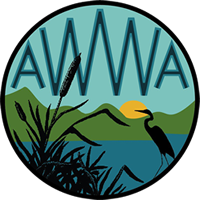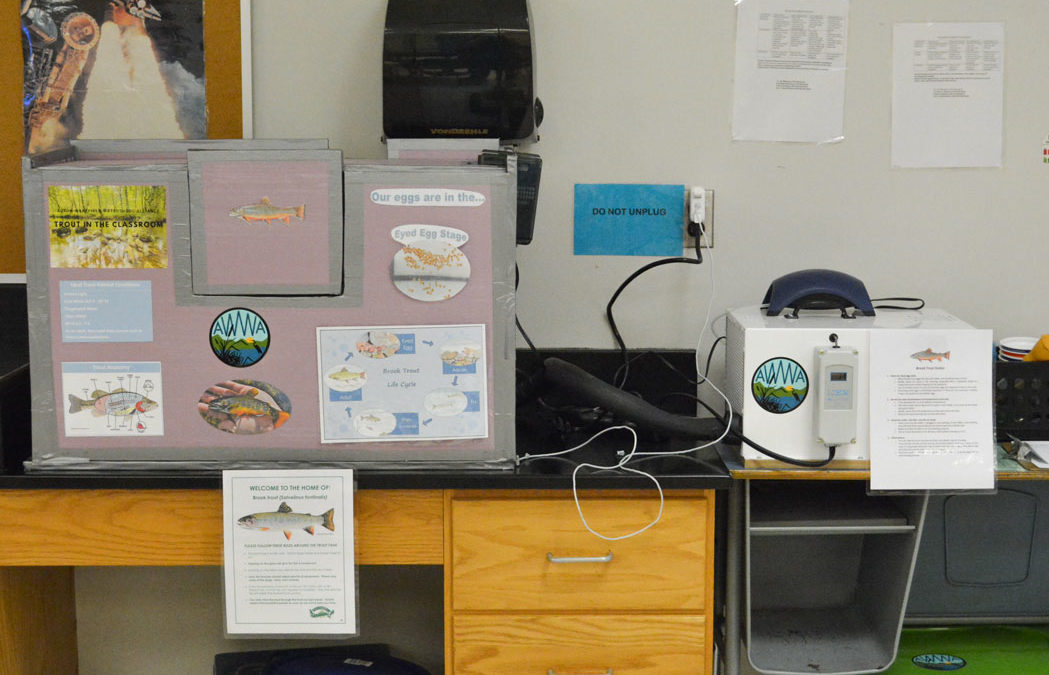On a Friday afternoon, Mr. Cote’s students were left puzzled by a fish tank that had appeared in their classroom. After a weekend of waiting, the students were asked about their predictions for what the newest addition(s) would be. From turtles to crayfish, from generic “fish” to crabs, in the end, Acton Elementary’s 7th grade guessed correctly! They are participating in AWWA’s Trout in the Classroom Program!
I’m convinced the student who guessed brook trout had insider knowledge…or he’s been reading our blog 🙂
Students will track daily development as they experience brook trout evolving from egg to fry in their classrooms. Over the coming months they will learn about anatomy, water quality, habitat, food webs and much more.
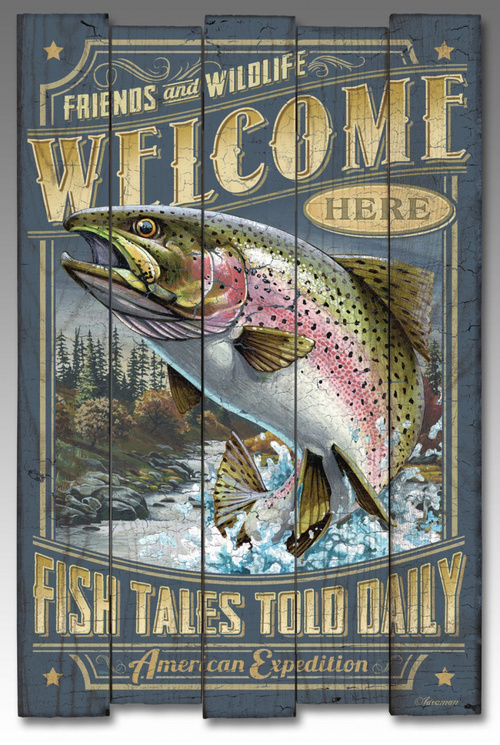
The great thing about doing Trout in the Classroom with Mr. Cote in Acton is that he teaches 6-8th grade. Even though the 7th grade are “owning” the tank and are responsible for daily monitoring, the other classes can still benefit and experience the process.
Once the students found out about the program, they were asked a few questions about their initial reactions. It was interesting to compare 7th grade answers to 4th grade responses, and how many were similar despite the age difference.
What did you think when you found out about raising trout in your classroom?
“I think it will be interesting and kids will very much enjoy it”
“It would be much different than having a regular pet fish”
“I think this is going to be a cool experience”
“I thought it was kind of gross”
“I thought of it like a class pet”
“I’ve never seen one”
“That’s cool, but why?”
We’re raising brook trout becuase it’s fun and educational…
what’s better than that?!
After getting their initial reactions, the students learned how their aquarium is set up to simulate nature. They were also given a set of photos and had to rank the trout habitat from 1 to 4 (best to worst). Each ranking was supported by an explanation of their reasoning. The better habitats had shade, moving water, and presumably a rocky or gravel bottom. The worse habitats had little to no shade, stagnant water, and visible signs of pollution or potential pollution. It was great to see that students knew the obvious answer of which habitat was best, but they had to support their choices by explaining why the poorer habitats are not ideal for trout.
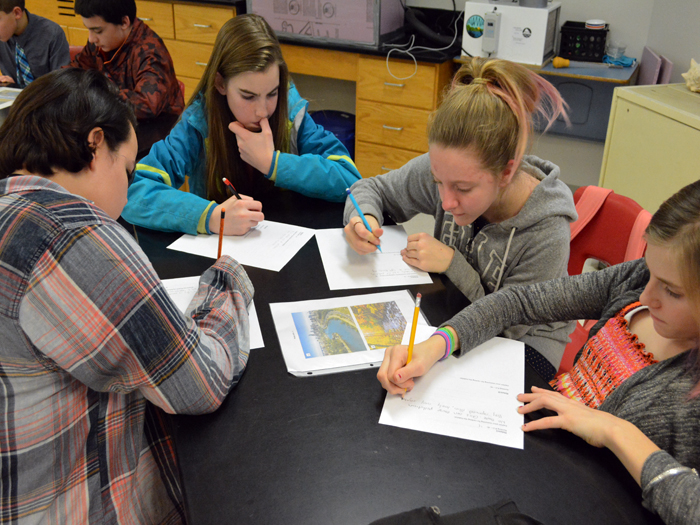
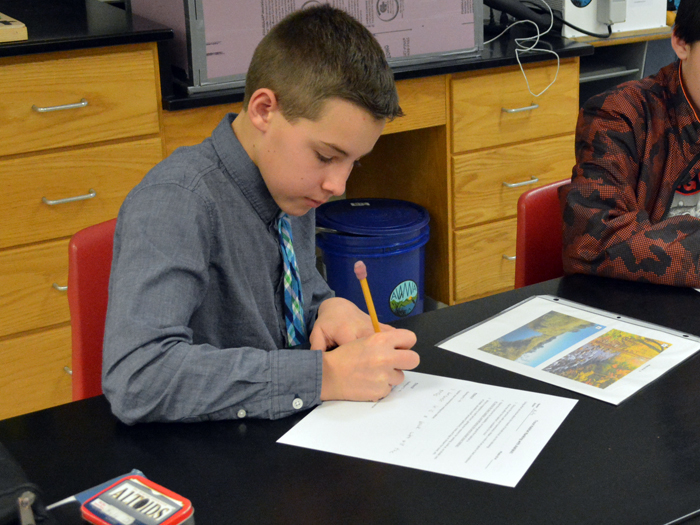

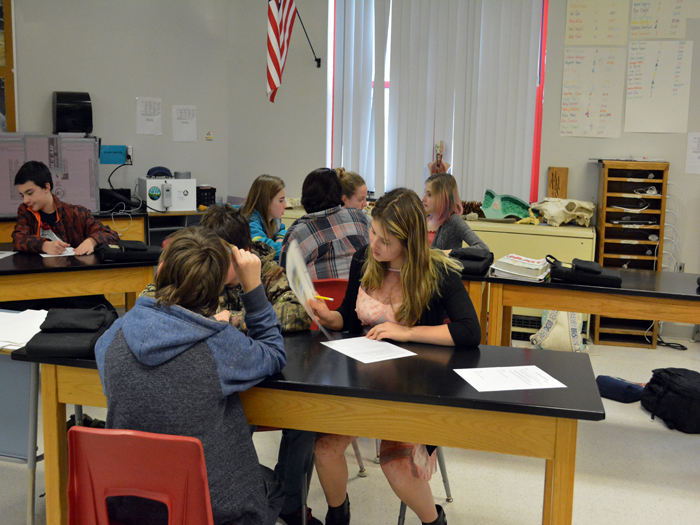
Check out the next blog post:
Tank Tales: Acton’s Brook Trout Eggs Arrive!
